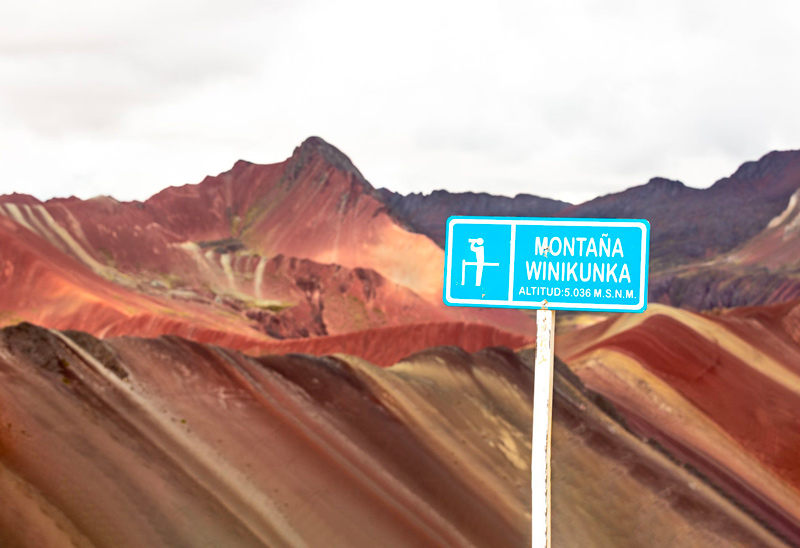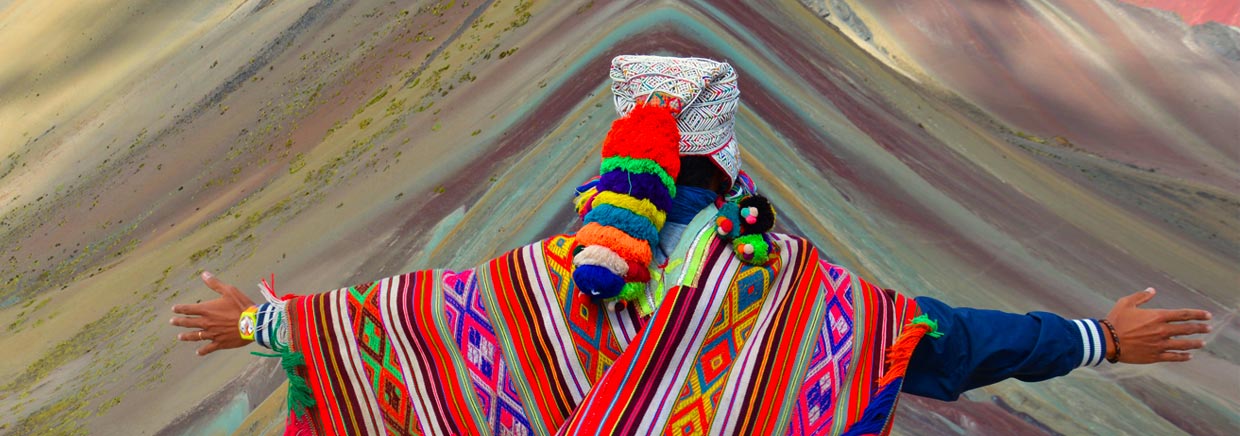Frequently asked questions
Does it actually look like the pictures?
Yes! And it’s definitely what makes the trek much more gratifying. There are unlucky days where the weather does ruin a little bit of the beauty but it adds a mystical effect.
What should I bring and wear if I were to do the Rainbow Mountain trek?
The most important things you should bring and wear are warm layers of clothes, good trekking shoes, suncream, and water. We go into more detail on our What To Bring page.
Are there chances of suffering altitude sickness during the trek?
Altitude sickness can catch many travellers off guard. Not everyone gets sick at high altitudes, and it is difficult to predict who is likely to be badly affected by it. For most people, it is nothing more than a mild headache and a dizzy sensation that diminishes over a short period of time (1-2 days).
We strongly recommend acclimatizing to the altitude before partaking in the trek. It could be done by taking it easy on the first day in Cusco (resting, eating small portions of food, drinking lots of water) or gradually ascending throughout other cities. If short on time, consult your doctor on taking altitude sickness (acetazolamide/Diamox) or go for the natural remedy used by locals, chewing coca leaves.
Check out our Safety Advice page for the best tips on how to not have any problems on the trek!
Which are the best operators to do the trek with?
Based on their standard of equipment, guides, customer service and overall experience, our recommended operators are:
- Rainbow Mountain Travels
- Kantu Peru Tours
- Rasgos del Peru
- Haku Travel
To learn more about them, check out our recommended tour operators page.


